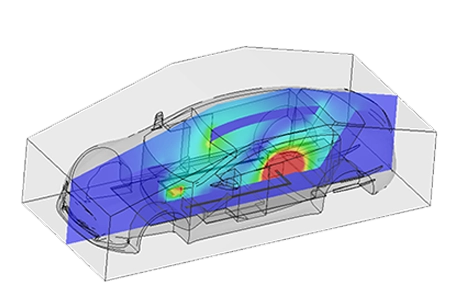Ensuring Electromagnetic Compatibility in Advanced Electronics
Innovative EMI and EMC Simulation for Reliable Electronic Designs
Master EMI & EMC challenges with EMWorks' simulation software, ensuring device reliability and compliance in electronic engineering.
-

EMI/ EMC
Explore EMWorks' electromagnetic design software tailored for EMI/EMC applications. Revolutionize product development and innovation in EMI/EMC with EMWorks.

